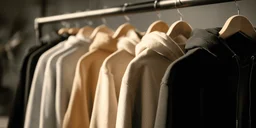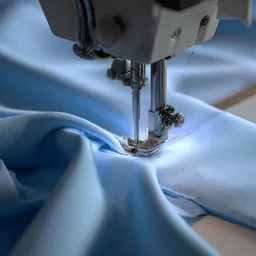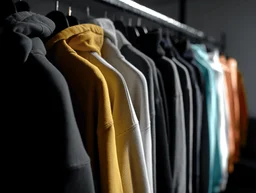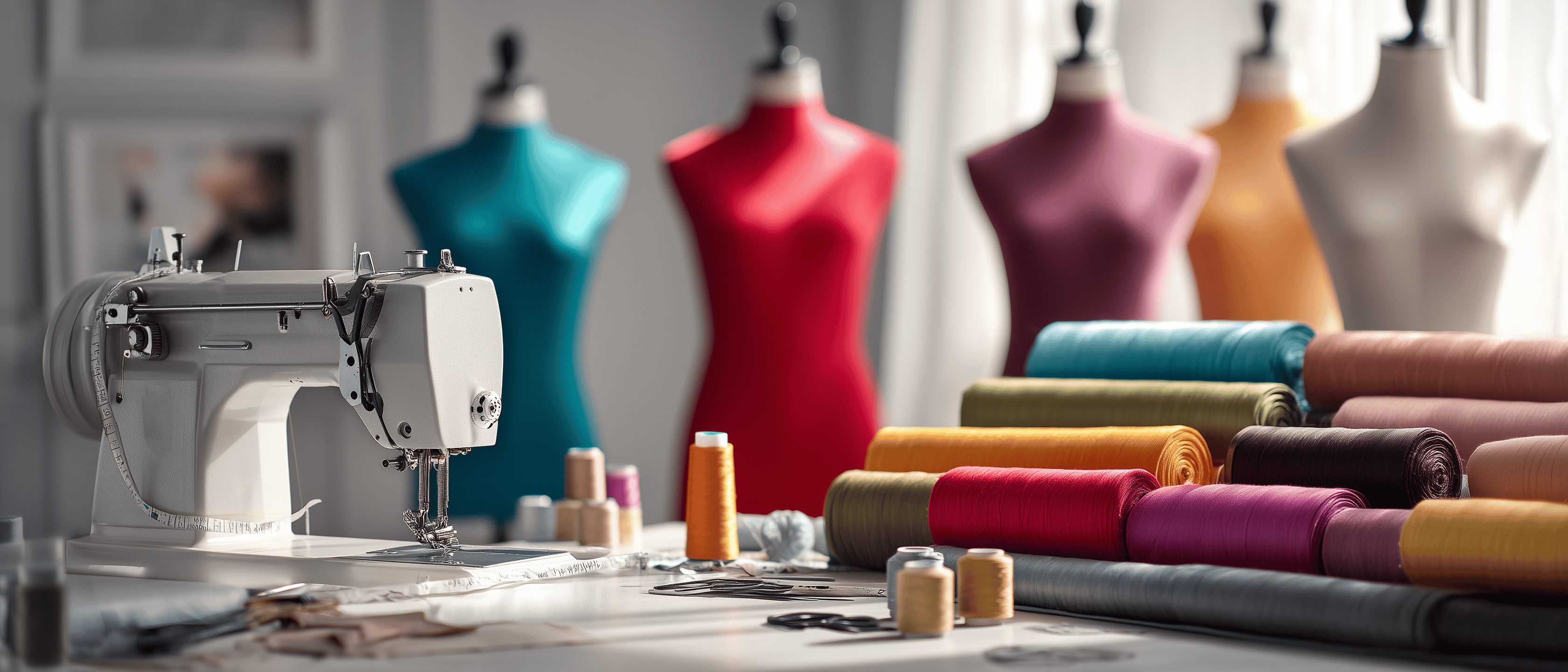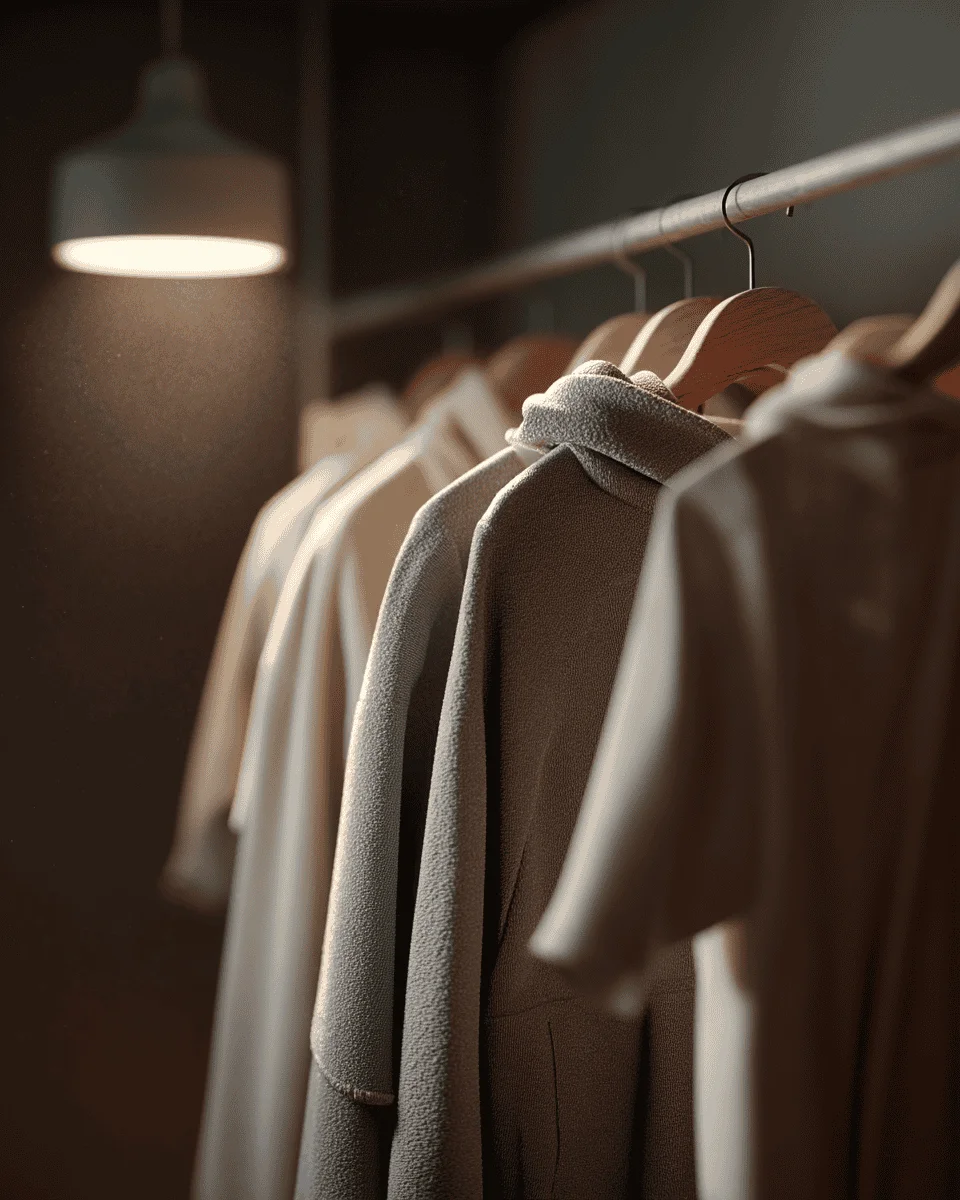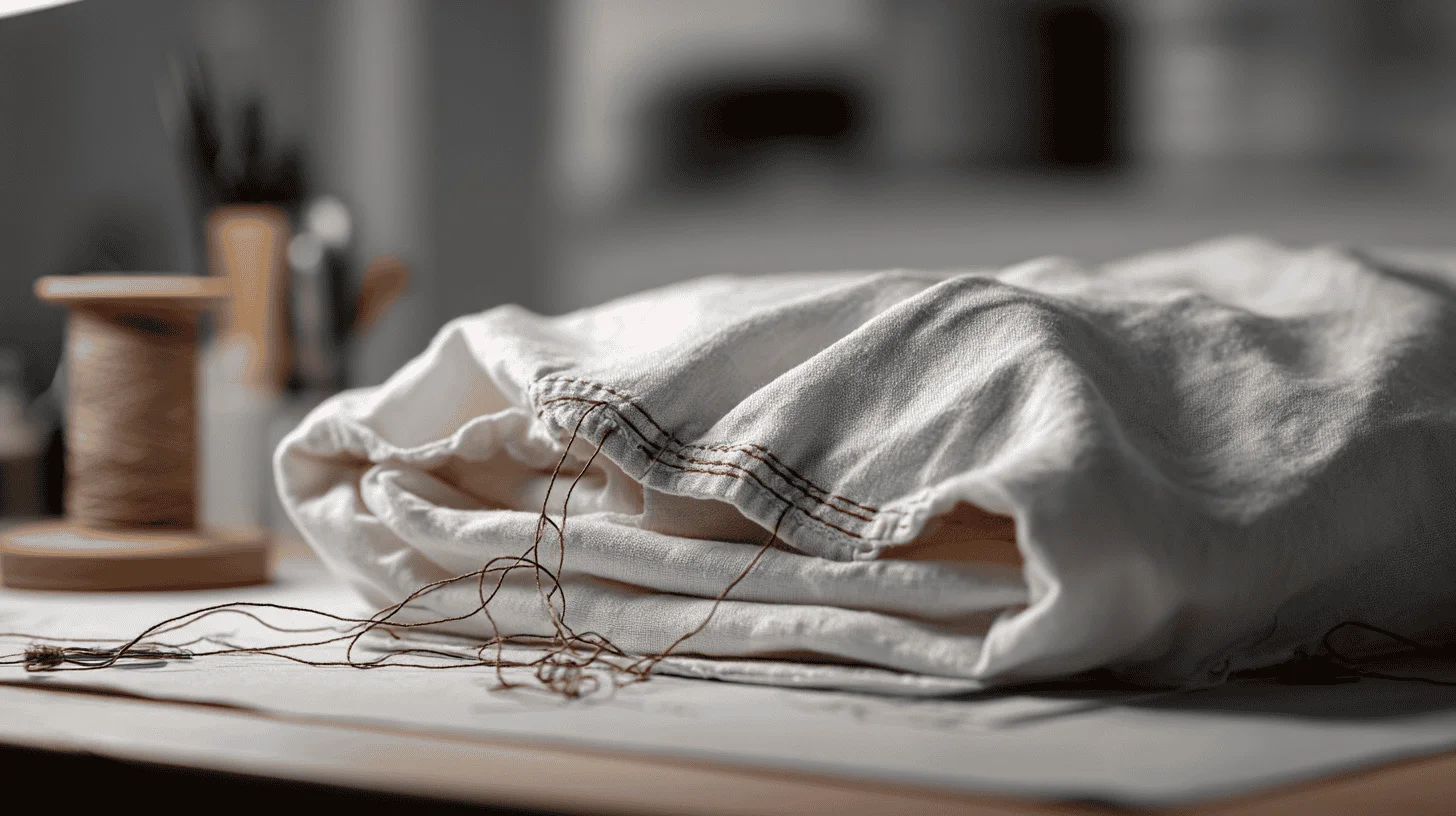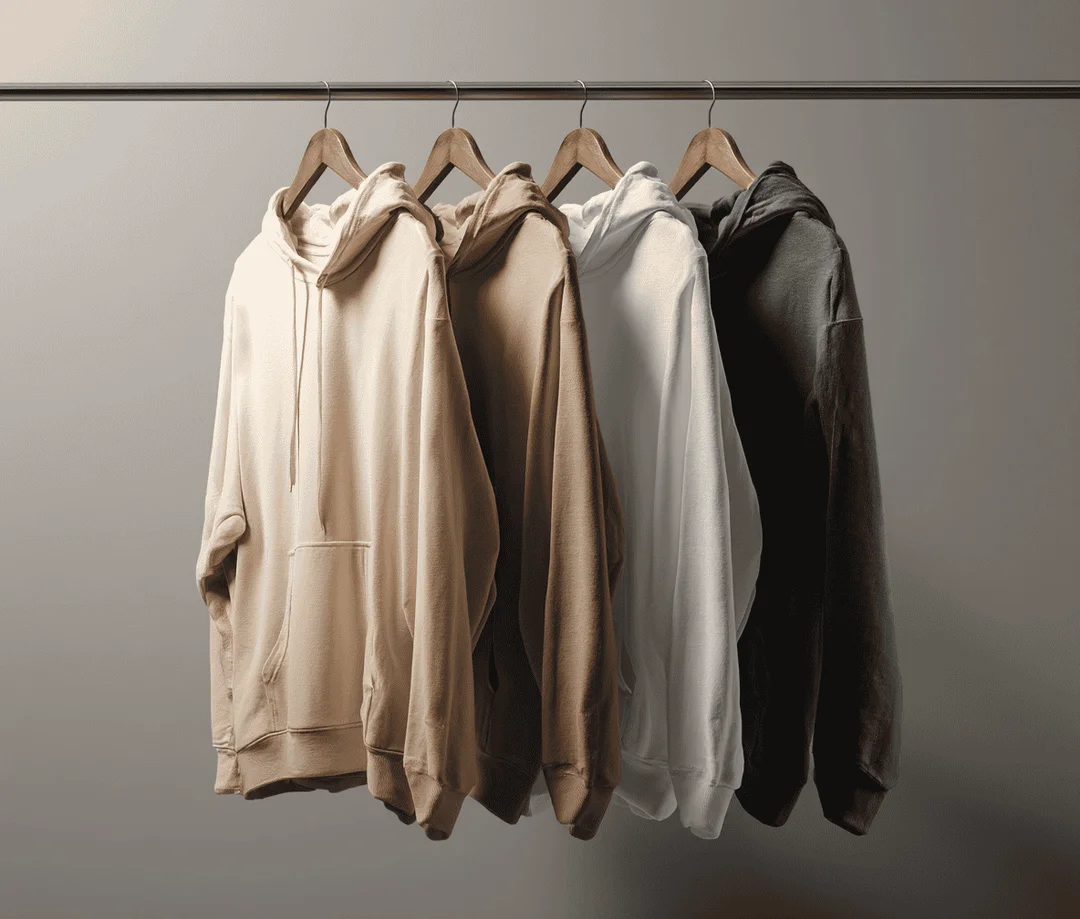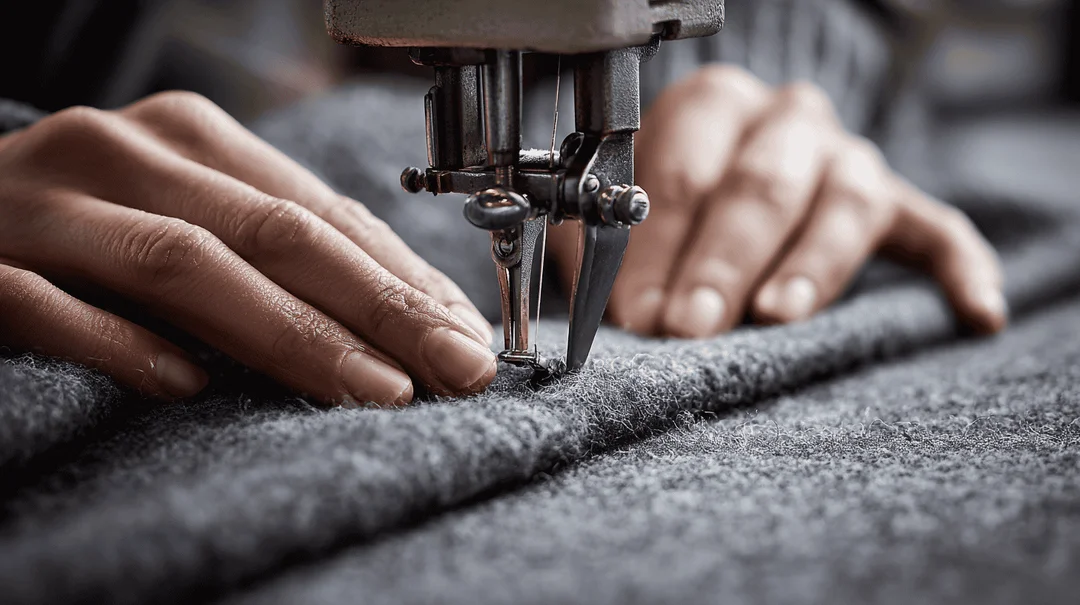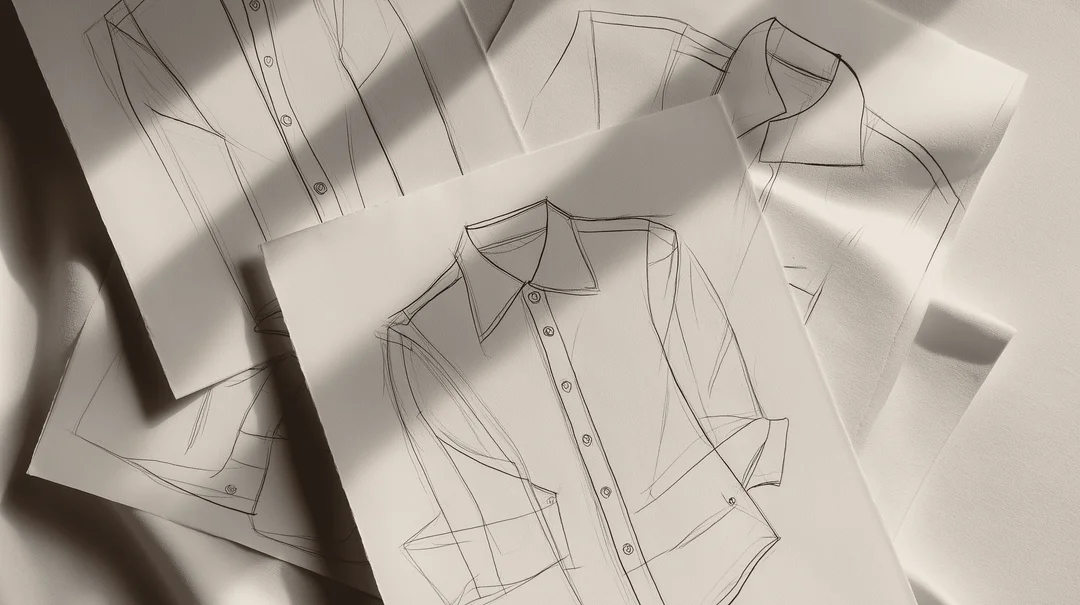What are the primary differences between natural and synthetic fibers
Natural fibers like cotton wool and silk originate from plants and animals offering breathability and unique textures. Synthetic fibers such as polyester and nylon are man-made providing durability water resistance and often lower costs. Each type has distinct properties advantages and environmental considerations affecting its use in fashion.
Could you explain the process of converting raw fibers into yarn
The initial stage involves cleaning and aligning the raw fibers through processes like carding and combing. These prepared fibers are then twisted together during spinning to create strong continuous strands of yarn ready for weaving or knitting. This mechanical process is fundamental to textile production.
What role do dyeing and printing play in fabric creation
Dyeing involves uniformly coloring the entire fabric or yarn while printing applies specific patterns and designs onto the material surface. These crucial stages add aesthetic value and visual appeal transforming plain textiles into vibrant and unique fabrics for fashion and decor.
How are modern innovations impacting the textile industry
Modern innovations include 3D printing of fabrics creating complex structures without traditional weaving biodegradable materials reducing environmental impact smart fabrics with integrated electronics and advanced automation enhancing production efficiency. These advancements are revolutionizing design and manufacturing processes.
What are some examples of brands embracing sustainable fashion practices
Many leading brands are adopting sustainable approaches by using organic or recycled materials implementing ethical labor practices and reducing water and energy consumption in production. Stella McCartney Patagonia and Eileen Fisher are prominent examples driving innovation in eco-friendly and responsible fashion.
What does the future hold for textile production and fashion
The future of textiles points towards greater sustainability circular economy models personalization through technology and the integration of smart functionalities into everyday wear. Expect more biodegradable materials upcycling initiatives and AI driven design and manufacturing processes.
